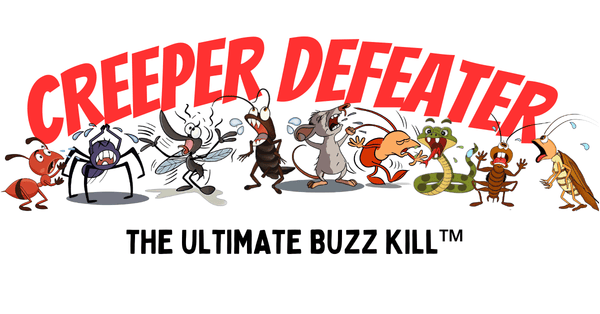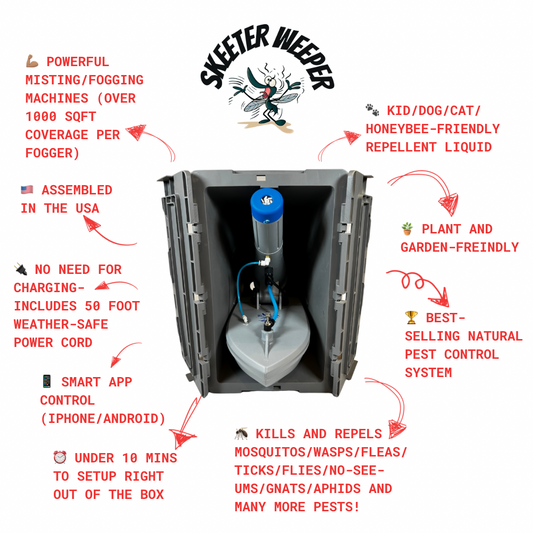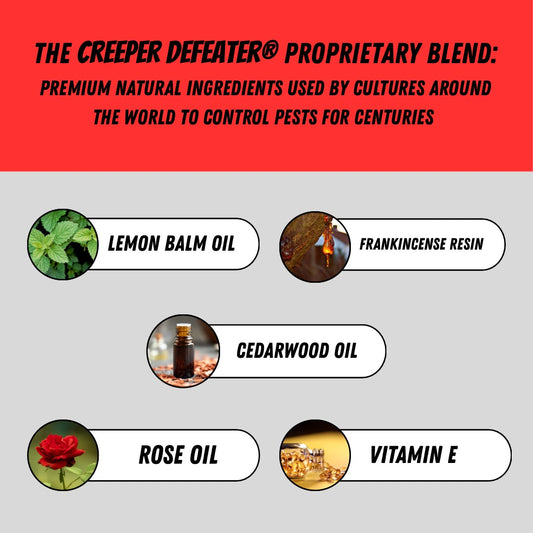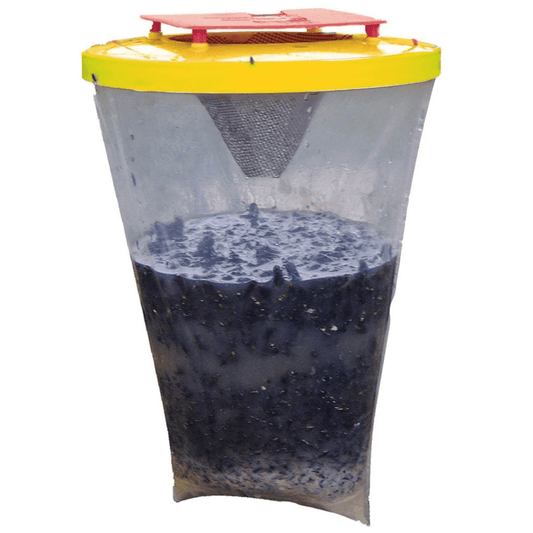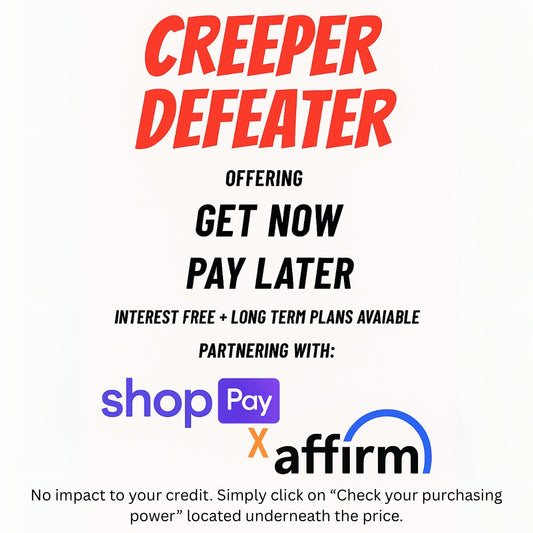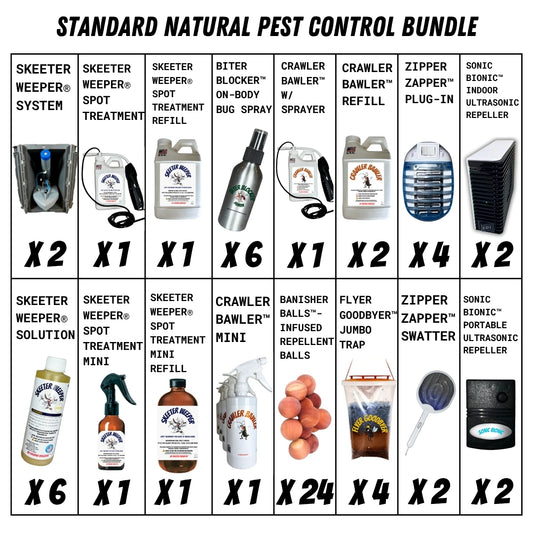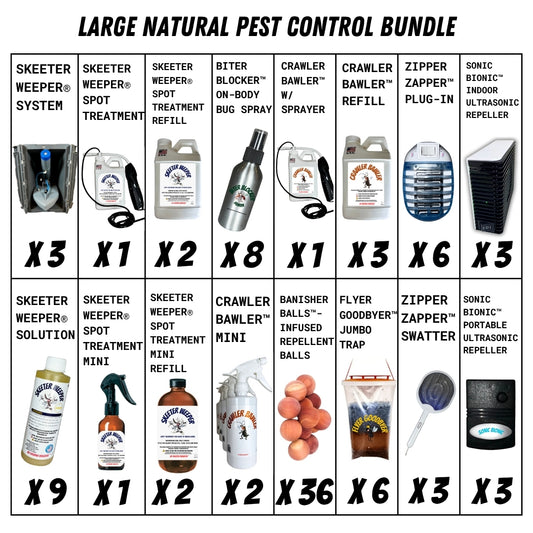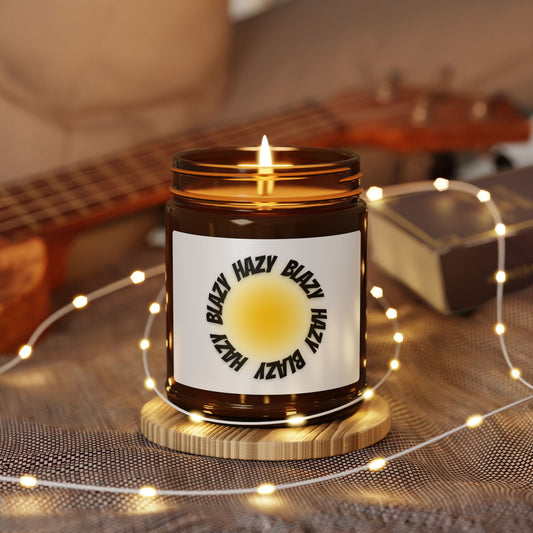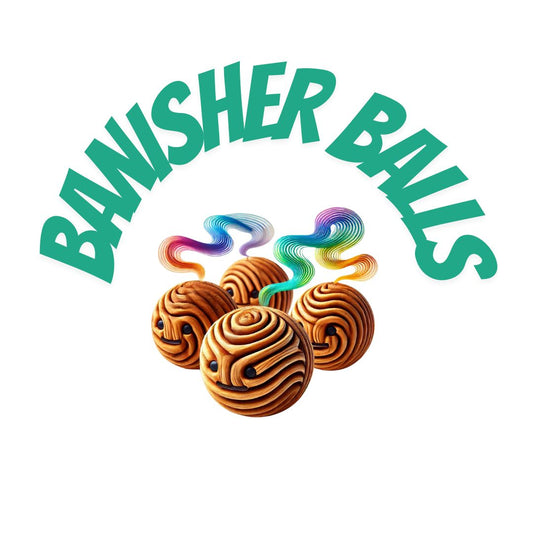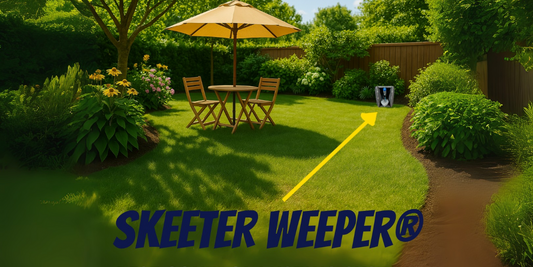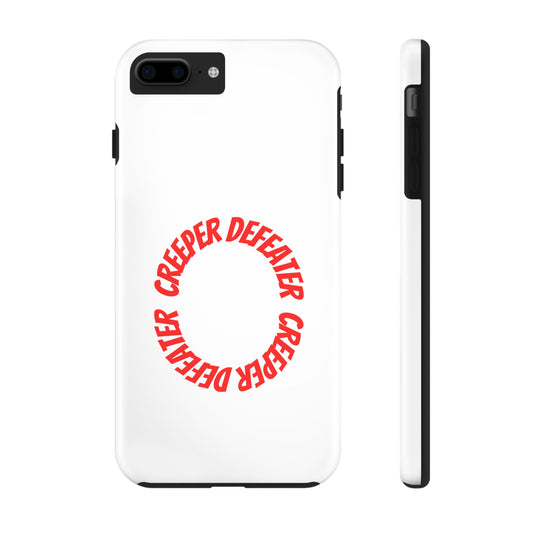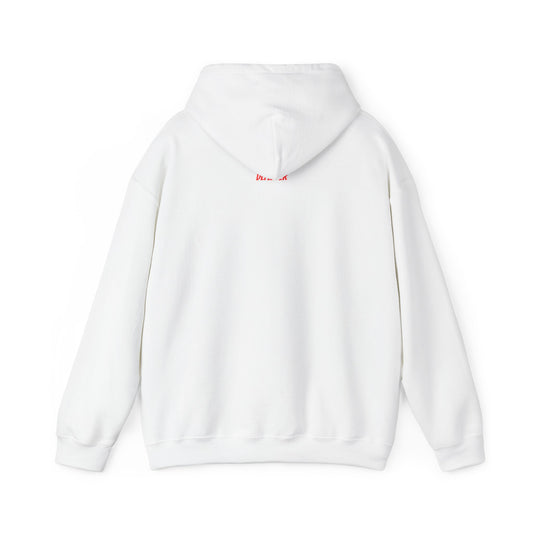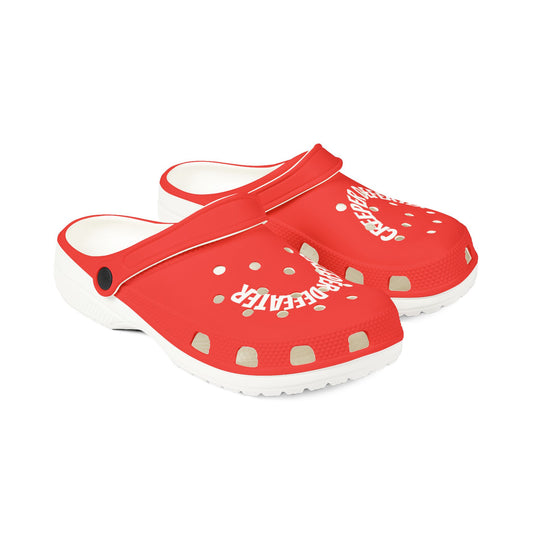
UNRAVELING THE POTENTIAL DANGERS OF CHEMICAL PESTICIDES AROUND ADULTS, KIDS, AND PETS
In the quest for pest control, the arsenal of chemical pesticides has become a common solution. However, amid the pursuit of a bug-free environment, the unknowns and potential dangers associated with these chemicals pose substantial concerns, especially when used around people, but especially children, and pets.
- Chemical Exposure and Human Health Risks:
The pervasive use of chemical pesticides introduces an intricate web of potential health risks for individuals. Exposure to these chemicals, whether through direct contact, inhalation, or ingestion, raises concerns about short-term effects such as nausea, dizziness, and skin irritations. More alarmingly, long-term exposure has been associated with more severe health issues, including respiratory problems, reproductive disorders, and even links to certain types of cancers.
- Children at Risk:
Children, with their developing bodies and inquisitive nature, are particularly vulnerable to the potential dangers of pesticide exposure. Studies have suggested that early-life exposure to certain chemical pesticides might contribute to developmental delays, behavioral issues, and an increased risk of neurodevelopmental disorders. The long-term consequences of such exposures during critical stages of growth remain a topic of ongoing research and concern.
- Pets as Silent Victims:
The use of certain chemical pesticides also jeopardizes the well-being of our furry companions. Pets, often in close contact with treated areas, can ingest or absorb these chemicals through their skin. Adverse reactions may include gastrointestinal distress, neurological symptoms, and, in severe cases, fatalities. Moreover, some chemicals used in typical insecticides are known to be toxic to specific animals, highlighting the importance of pet owners being aware of the potential dangers or switching to natural alternatives.
- Environmental Impact and Residue Concerns:
Beyond individual health, the widespread application of chemical pesticides contributes to environmental concerns. Runoff from treated areas can contaminate water sources, affecting aquatic ecosystems and non-target organisms. Residual chemicals may persist in soil and on surfaces, posing a prolonged threat to both humans and animals. The cumulative impact of these substances on ecosystems and the broader environment is an area that necessitates further exploration.
- Emerging Evidence of Endocrine Disruption:
Research has raised concerns about the potential endocrine-disrupting effects of certain pesticide chemicals. These substances may interfere with the normal functioning of hormonal systems in both humans and animals. The consequences of endocrine disruption include reproductive issues, developmental abnormalities, and disruptions to metabolic processes, amplifying the need for caution and the use of PPE during the use of such chemicals.
Final Thoughts
As we tread the path of pest control, the unknowns and potential dangers of pesticides demand careful consideration at all times. Balancing the immediate need for pest management with the long-term well-being of humans, children, and pets requires a nuanced approach. Exploring alternative, more sustainable pest control methods, such as natural repellents and integrated pest management, offers a safer path forward. An informed and cautious approach is essential to safeguard the health of our communities and environment.

